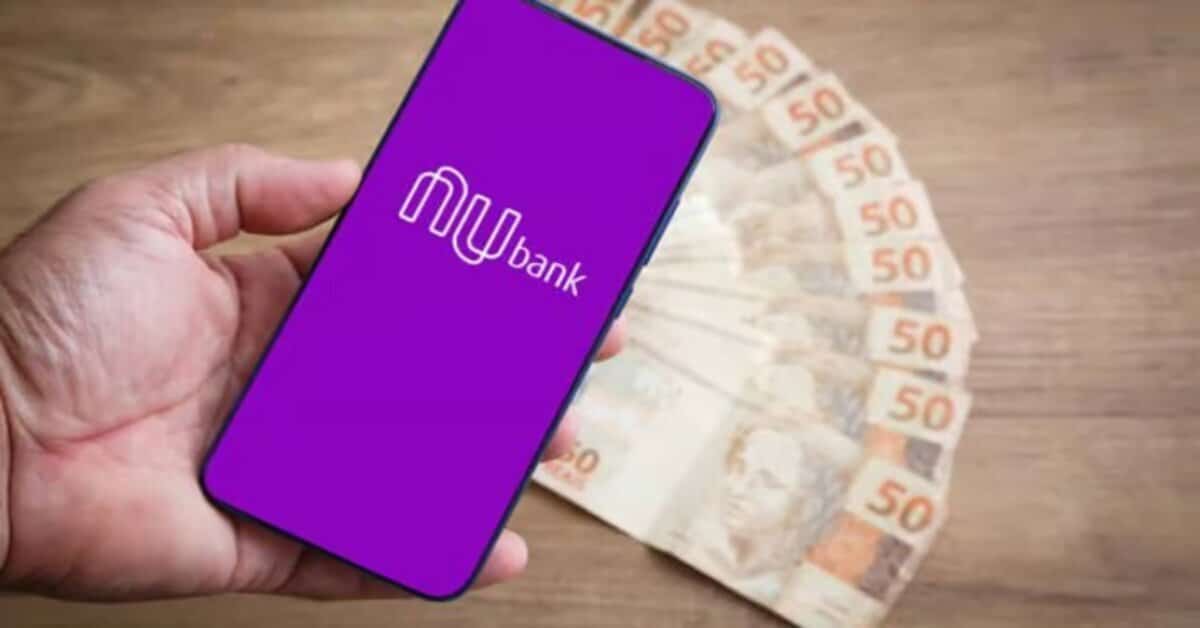
Cambodia’s digital currency, Bakong, is set to enhance the use of the country’s riel currency through cross-border QR code payments, according to Chea Serey, the governor of the National Bank of Cambodia. In an interview, Serey highlighted that despite the dominance of the U.S. dollar in Cambodia’s economy, efforts are being made to increase the presence of the riel, especially in digital transactions where its usage is higher.
The ability of Bakong to facilitate cross-border transactions is seen as crucial in expanding the utilization of the riel. Currently, the digital currency supports QR code-based payments between Cambodia, Thailand, Laos, and Vietnam, and is also compatible with China’s UnionPay. The value of digital payments through Bakong has seen significant growth, reaching billion by 2023, almost double the country’s GDP.
Launched in 2020, Bakong aims to simplify payments for individuals and businesses. Unlike traditional central bank digital currencies, Bakong is unique as it is backed by both the Cambodian riel and the U.S. dollar. Serey emphasized the challenges of internationalizing digital currencies, highlighting the need to integrate various technologies and address issues like capital flows and KYC processes.
Looking ahead, the National Bank of Cambodia is planning to introduce cross-border payments with India by June, with collaborations in the pipeline with Japan as well. The overall goal is to promote the use of the riel and enhance digital payment solutions in Cambodia’s financial ecosystem. This development comes in line with the country’s efforts to embrace technological advancements and promote financial inclusivity.
In a related development, Binance has partnered with Royal Group to drive blockchain adoption in Cambodia, showcasing the growing interest in innovative financial technologies in the country. These initiatives are expected to further propel Cambodia’s digital economy forward and strengthen its position in the global financial landscape.


